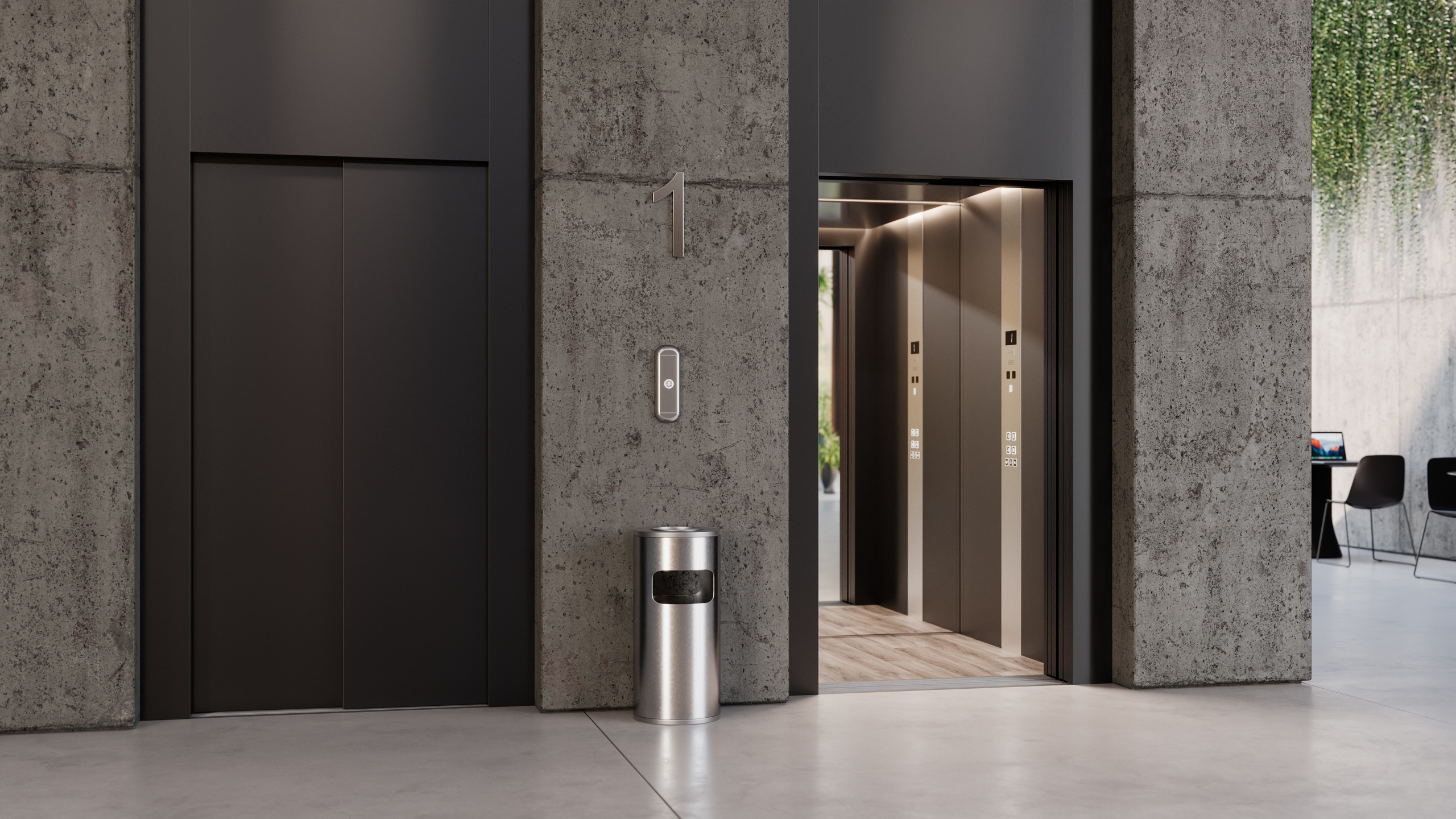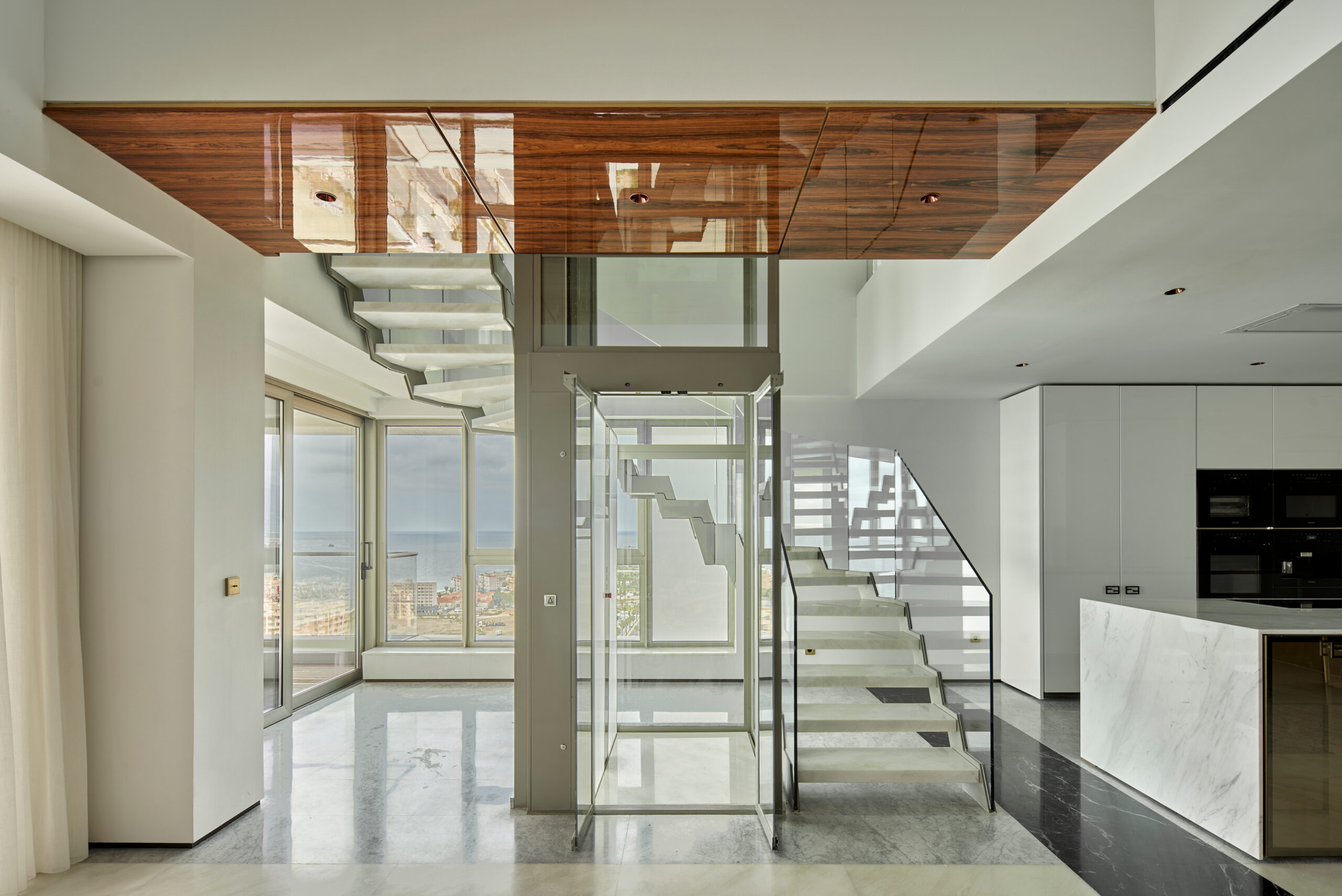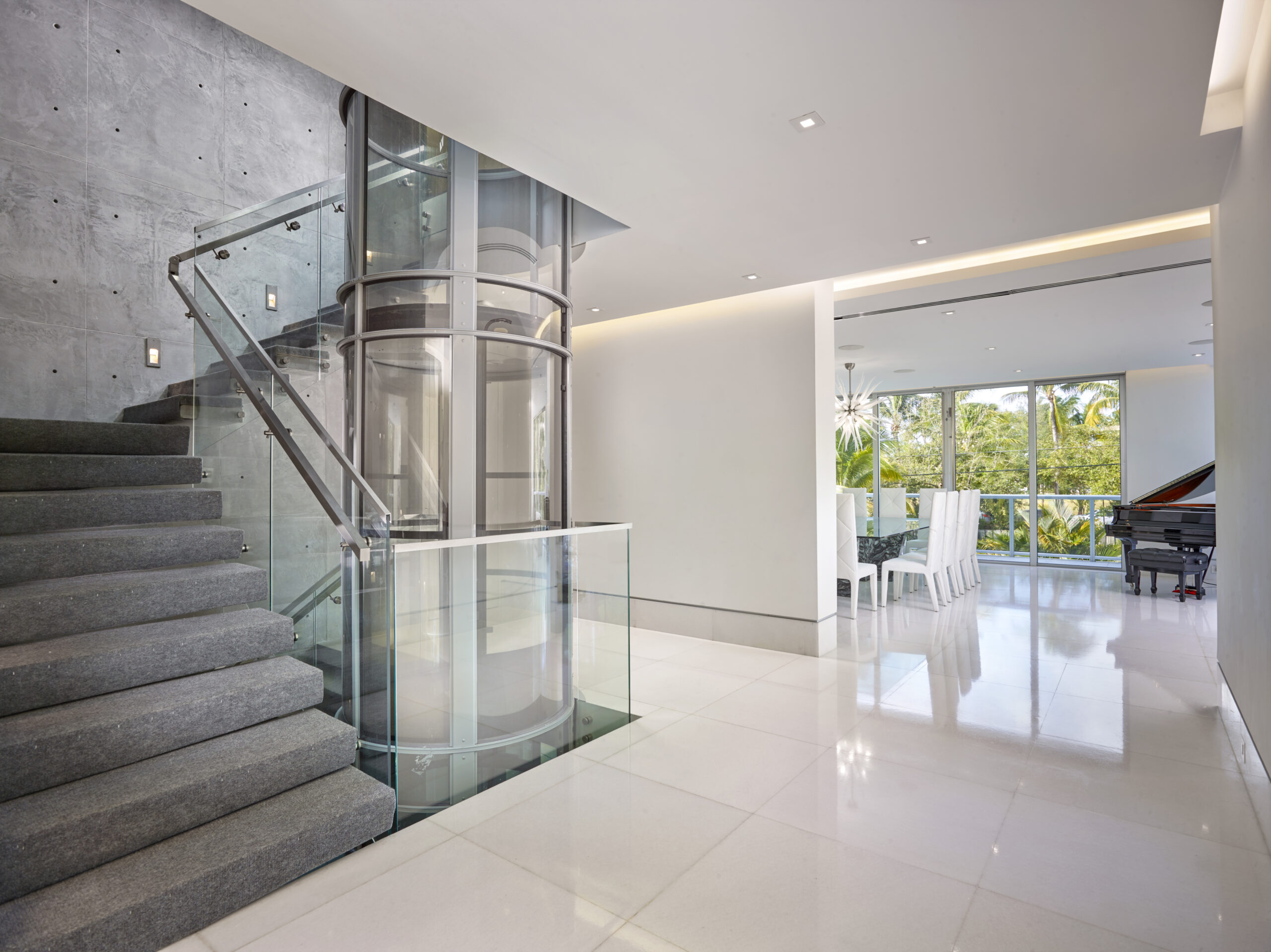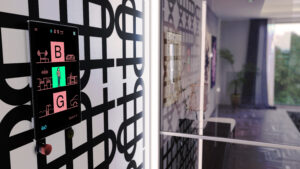Residential elevators
Characteristics of an elevator that you should take into account
Updated: 22-08-2024
Elevators are a crucial element in modern architecture. They facilitate vertical mobility in buildings of all sizes and are the most widely used form of transportation in the world. When choosing an elevator, it is important to consider a variety of features to ensure that it suits the specific needs of the building and its users. Below, we explore in detail the main elevator features you should consider.


Typical elevator characteristics
Types of elevators
Types of elevators One of the first considerations when analyzing elevator characteristics is the type of lift system. The main types include:
- Electric elevators: they are powered by an electric motor and are ideal for tall buildings due to their speed and efficiency.
- Hydraulic elevators: they use a hydraulic piston system and are more suitable for low-rise buildings.
- Pneumatic elevators: they use the difference in air pressure to move the cabin, they do not require a pit or machine room, which facilitates installation, they are ideal for single-family homes and small buildings and their panoramic and compact design makes them suitable for small spaces.
Load capacity
Load capacity is another fundamental characteristic of the elevator. This refers to the maximum weight that the elevator can safely carry. It is crucial to select an elevator with the right capacity to avoid operational problems and ensure passenger comfort.
Elevator speed
Elevator speed is a feature that varies by building type and height. Elevators in commercial and high-rise residential buildings are usually faster to reduce waiting times. On the other hand, in lower-rise buildings, a moderate speed is generally sufficient.
Energy efficiency
Today, energy efficiency is an important consideration. Modern elevators are designed to be more efficient, using technology such as energy regeneration systems and energy saving modes to reduce power consumption.
Safety and regulations
Safety features are essential in any elevator. These include emergency braking systems, alarms, and communication devices in the event of a breakdown. In addition, elevators must comply with local and international safety regulations to ensure safe operation.
Design and accessibility
Elevator design also plays a crucial role, especially in terms of accessibility. Elevator features should include options such as automatic doors, accessible buttons and Braille signage to comply with accessibility standards and ensure that all users can use the elevator comfortably and safely.




